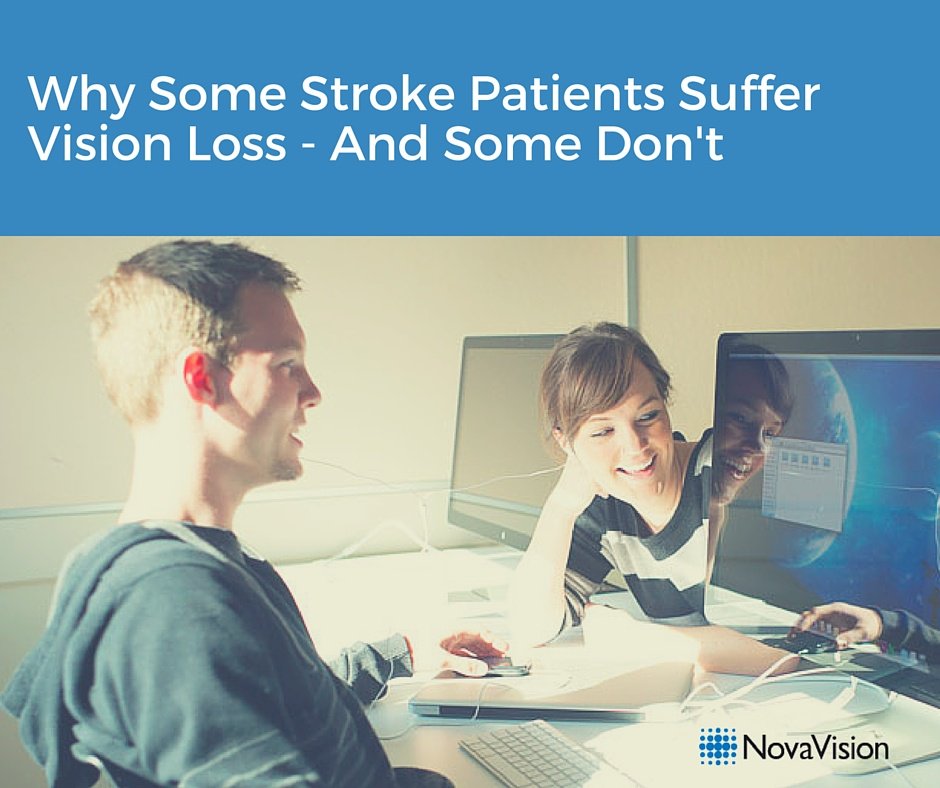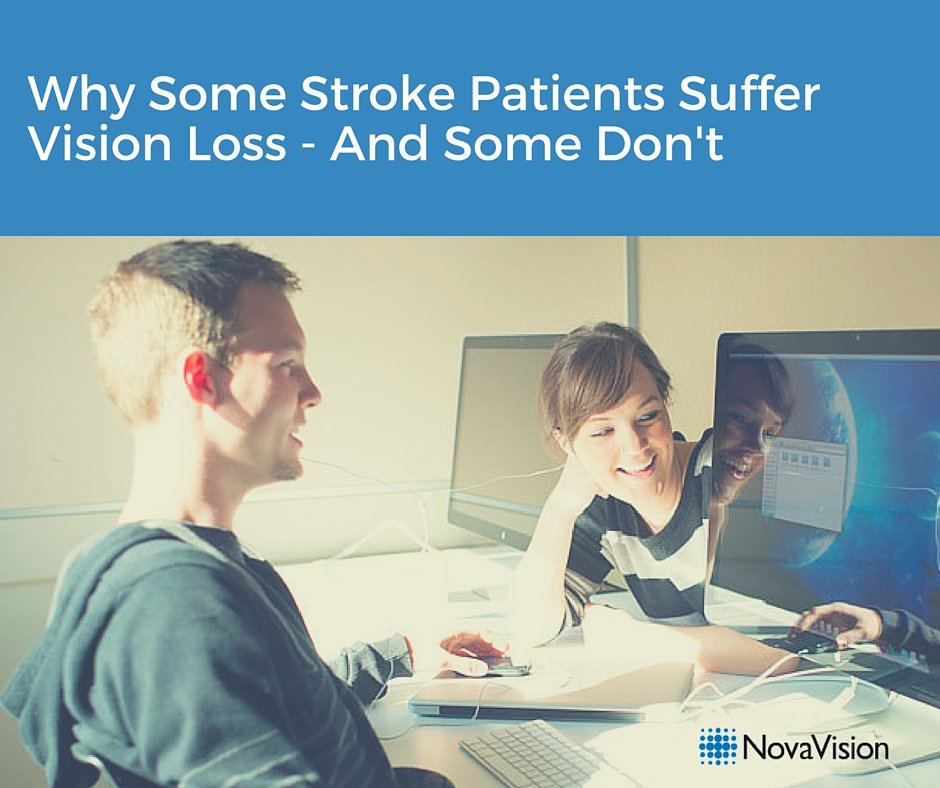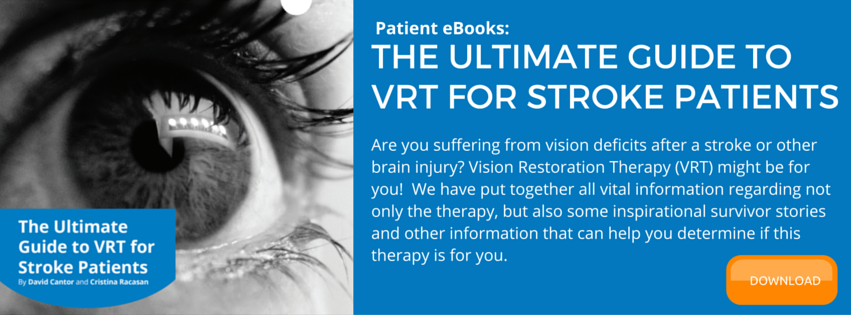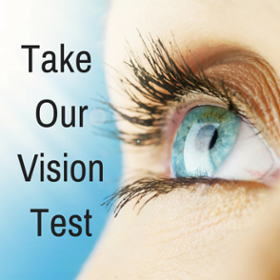 Patients who have recently suffered from stroke will often tell their Physicians that they’re having difficulty seeing out of one eye. Although certain conditions may mimic this sensation, visual problems that occur after a stroke aren’t typically a result of damage to your eyes at all. More likely than not, the loss of vision is due to damage that has been done to that part of the brain that processes visual information which is transmitted to it using one’s eyes as the conduits.
Patients who have recently suffered from stroke will often tell their Physicians that they’re having difficulty seeing out of one eye. Although certain conditions may mimic this sensation, visual problems that occur after a stroke aren’t typically a result of damage to your eyes at all. More likely than not, the loss of vision is due to damage that has been done to that part of the brain that processes visual information which is transmitted to it using one’s eyes as the conduits.
According to stroke.org, up to 66% of people who suffer from a stroke experience changes to their vision. Aside from difficulty seeing, these changes can also have negative effects on your recovery over all. Decreased coordination and balance issues are not uncommon. Fortunately, vision problems do sometimes improve however in the vast majority of cases specific rehabilitation is required.
Why Do Patients Suffer Vision Loss?
Since vision loss after stroke is almost exclusively neurological, whether or not your sight will be affected largely depends on where the stroke occurs. Most strokes affect one side of the brain, but on rare occasions both sides of the brain are affected, which may result in visual problems according to stroke.org. Since the occipital lobe is where visual processing occurs in the human brain, strokes that affect this area typically lead to a loss of vision.
What Types of Vision Loss Are There?
Approximately 20% of stroke sufferers will have a permanent visual field deficit. Visual field deficit usually manifests itself as spots or blank spaces in the patient’s field of vision. Patients may experience visual field loss in different ways so we’ve outlined the most common occurrences:
Hemianopia is the most common type of visual impairment following a stroke. Victims suffering with this condition experience blindness in one half of their line of vision. If you have suffered from a stroke that occurred in the left hemisphere of your brain, your ability to see properly in the right visual field of each eye may be negatively affected. On the other hand, if you have suffered a stroke in the right hemisphere of your brain, the left visual field of each eye may be affected.
Quadrantanopia is similar to hemianopia but the loss of vision occurs in a quarter of your visual field, as opposed to half.
Scotoma refers to spotty vision or smaller area of blindness than hemianopia or quadrantanopia.
Tunnel Vision is fairly self explanatory, referring to a loss of peripheral vision that mimics looking through a tunnel. The technical term for tunnel vision is asbitemporal hemianopia.
Impact on Daily Life from Visual Field Loss
Patients suffering from visual field loss may run into objects, trip or fall, knock things over, lose their place when reading, or be surprised by people or objects that seem to appear suddenly out of nowhere. They may become afraid of venturing out in public, often because they easily get lost in crowded areas.
In addition, some visual field loss patients experience visual neglect; that is, they may be unaware that they cannot see to one side. They may orient their body to compensate, bump into objects on the affected side, or miss parts of words when reading. It is also common for those affected by visual field loss to believe that they have vision loss in only one eye.
Although you may not be able to prevent vision loss as a result of a stroke, there are things you can do to heal afterwards. A skilled clinician can effectively diagnose the type and extent of visual field loss, and plan an appropriate course of rehabilitation. This is good news if you or one of your loved ones have suffered some kind of neurological trauma and are experiencing a vision disorder.



